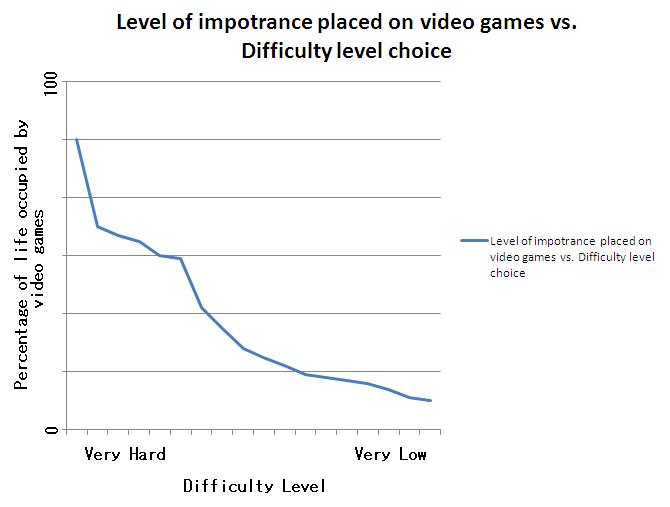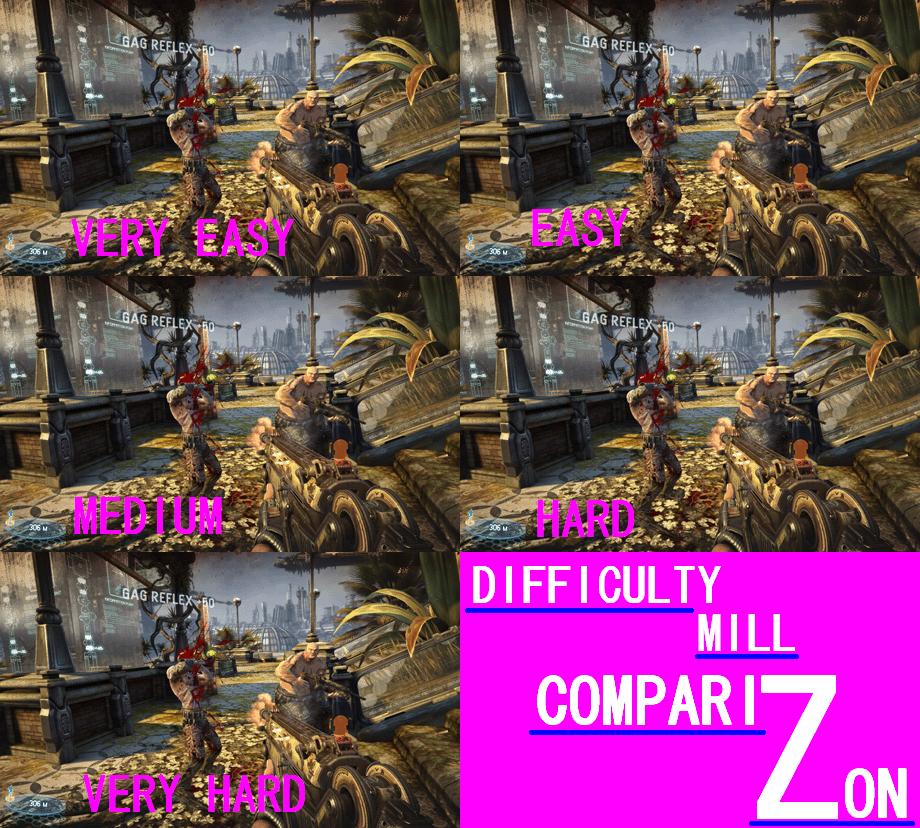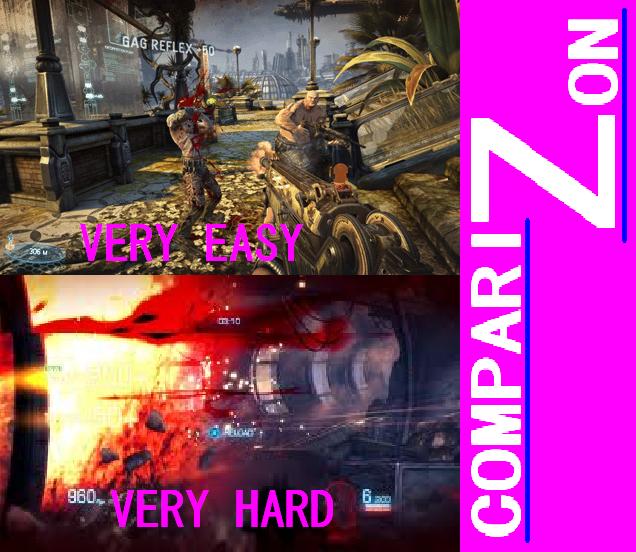This post has not been edited by the GamesBeat staff. Opinions by GamesBeat community writers do not necessarily reflect those of the staff.
Polish developer People Can Fly has made numerous video games that are slavishly devoted to shooting things in quick succession. Much like Doom, Quake and PCF’s own Painkiller, Bulletstorm rewards its player for skilfully dispatching adversaries in a timely fashion. Bulletstorm makes this tried and true formula a little more interesting with Skill Shots, a series of violent challenges the player is tasked to complete in exchange for points. Simply shooting an enemy to death gains the player 10 points, for instance, while kicking him in the face and then shooting him in the crotch until he dies, for instance, spews forth a reward five times fatter. Once enough of these points have been accrued the player can reinvest them into ammunition replenishment, new weapons and upgrades. As each of the game’s seven weapons has a special fire mode – that usually deals more damage by orders of magnitude – Bulletstorm equips its players handsomely, making tackling the Skill Shots system very enjoyable.
As with most shooters of the modern day, the campaign takes between six and ten hours to complete, leaving you with an average play time of around eight hours. HowLongToBeat.com has an ‘average’ play through pegged at seven and a half, though to argue with that figure would be splitting hairs. As always, we’ll be looking at how difficulty settings affect enjoyment, completion time, self respect levels, repetition tolerance and visual fidelity.
Bulletstorm: hardware and time sink
The game, quite remarkably, gives the player the option of five difficulty settings from the off, ranging from very easy to very hard, with the obligatory easy/medium/hard triumvirate sitting in the middle. This bounty of options allows players of all abilities to enjoy the game, which is a welcome inclusion in a title that outwardly appears to be every bit the ‘video gamers’ video game’. We’ll tackle the implications of the very easy mode later, so for now I’ll simply say that the variety is lovely to see and leave it there.
Obviously if your hardware isn’t relatively snappy – reaction times, hand-eye-coordination and eye-strain tolerance etc – you’ll have more difficulty running the game on the higher settings. I’ve had to make a point of mentioning this in previous editions of Difficulty Mill where the choice is locked in for the remainder of the game – a practice I fervently disagree with – and am happy to say Bulletstorm doesn’t subscribe to this school of thought. I only mention it here because the game is very kinetic from the off, so players with less-able rigs should be wary of trying to push their hardware too far. That said, it is only slightly more demanding than other shooters released in the last couple of years, so use your head and choose your settings wisely. As I always say; it’s better to keep playing within your limits than do yourself a mischief and put yourself out of the running with an injury.
Other than your setup, how much time you can realistically invest in the game will likely dictate which of the difficulties you choose. Individuals with lots of spare time to while away on video games are advised to play on only the very hard setting, as anything lower is a bit of a breeze, and will likely leave them with a sense of being ‘cheated’ or ‘short changed’. Criticisms like these are often levelled at video games that don’t – despite high production values and overall quality – live up to the expectations of the most ardent fans of digital entertainment products. As such, anyone who occupies their time with more than just video games should be all right playing on any of the other difficulties. Which one to choose will depend largely upon your individual ability to distinguish between entertainment and the more pressing matters of life. As a rule of thumb, refer to Maslow’s hierarchy of needs; the higher up you place video games on the scale, the lower you can comfortably set the difficulty.
Bulletstorm: Game experience may change during (online) play
Unlike most games, Bulletstorm’s bugs and stability issues may directly impact upon your choice of difficulty setting. As is customary for professional video game coverage, I initially played the game on the default medium setting. As someone who has played games for a while, this didn’t present a crushing challenge and I was able to cut a rather speedy swathe through the first half of the game. I did, however, encounter a few instances of scripting failing to initialise, which left me stranded with no means of progressing, necessitating the loading of previous checkpoints. While I’m pleased to report this occurred across all of the tested difficulties, it did mean I had to repeat large sections of the game – sometimes multiple times – before the scripting kicked in correctly.
While it is great to see parity across the multiple difficulties I tested – the consistency is laudable in light of today’s oft-botched release structure – it did eventually get a bit tiresome. To alleviate this I dropped the settings down to very easy, which seemed to do the trick nicely. Words to the wise then; if you don’t enjoy repetition brought about by technical instability, consider lowering the difficulty from the beginning by at least a level below your normal choice. While I can’t guarantee this will rid you of the technical hiccups completely, it will certainly help you run through the parts of the game you’ll need to replay because of them.
Bulletstorm: Graphical fidelity and the self-respectometer
While lower difficulties won’t give you the same level of improved performance you’d expect to achieve if you, say, tinkered with the graphical settings or upgraded to the PC edition, they did afford me a few – albeit minor – improvements. As you can see below, actual visual quality doesn’t change very much between the difficulty settings.
However, your ability to see clearly within the game is greatly improved when the difficulty is turned down, thanks mainly to the less frequent occurrence of the ‘blurry red screen effect’. This visual filter is commonly utilised within shooters to signify the player character is taking sustained volleys of gunfire and is about to die. By making the game easier you can directly control how often this effect is seen. It might take a little bit of tweaking, but generally speaking, the easier the game becomes the less you’ll see this nasty stylisation.
Not much to say on the self-respectometer this edition, I think I’ve already spelled it out pretty clearly over the preceding paragraphs. If you’re even a casual reader of this column you’ll know my stance on the topic by now. If you are secure in yourself and your ‘abilities’ when it comes to playing video games, feel comfortable in turning down the difficulty when you begin to feel enjoyment slipping through your gamepad-clutching fingers. This goes doubly for a title like Bulletstorm, which is already repetitive as it is and riddled with pretty significant bugs that force you to repeat the repetition.
Bulletstorm: the Difficulty Mill verdict
Turning down the difficulty when you start to get bored with a video game is actually a pretty smart thing to do. Instead of getting irate or just plain stopping, making a game easier allows you to enjoy an experience you would otherwise begin to resent or miss out on entirely. Lambasting people for playing on easy is missing the point in my book. Not everyone wants the grinding challenge of a veteran or insane mode all the time, if ever. You might, my friend, but not everyone does, and I certainly don’t. So next time you think about turning off that video game because it’s getting boring or too hard, stop, file down that difficulty and get the fuck back on your horse. There’s a good chap(ess).




